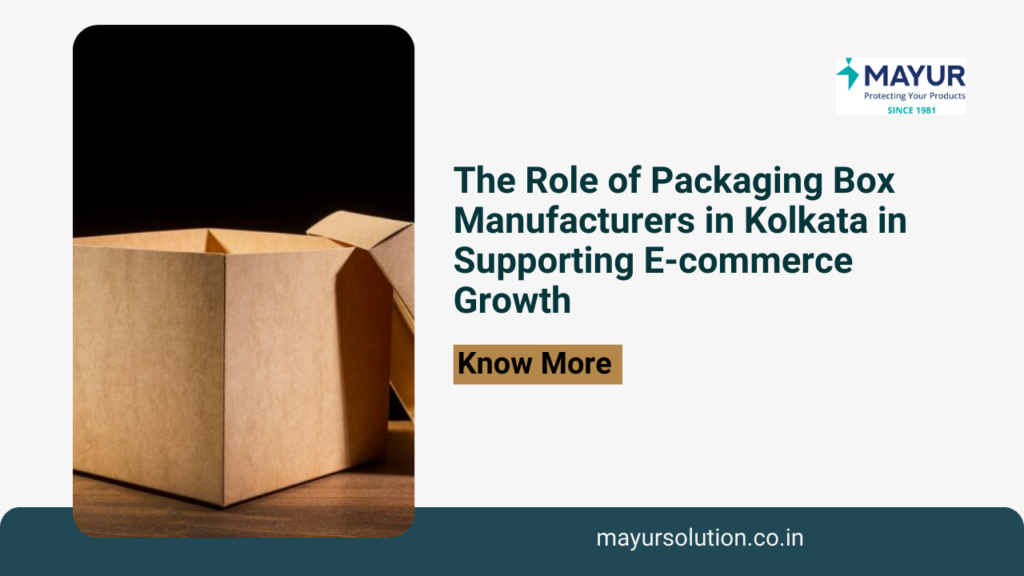As the global focus shifts towards more sustainable practices, the packaging industry is undergoing a significant transformation. The quest for eco-friendly solutions has led to increased interest in corrugated boxes as a prime example of sustainable packaging.
Sustainable packaging is essential for reducing waste, conserving resources, and minimizing the environmental impact of products. It helps businesses meet regulatory requirements, appeal to environmentally conscious consumers, and play a part in protecting the planet.
Corrugated boxes are the ultimate choice for sustainable packaging due to their recyclability, biodegradability, use of renewable resources, energy and resource efficiency, and versatility.
What Are Corrugated Boxes?
Corrugated boxes are made from a fluted corrugated sheet sandwiched between two linerboards. This design provides strength and durability, making them ideal for protecting goods during transport.
There are several types of corrugated boxes, including single-wall (one layer of fluting), double-wall (two layers of fluting), and triple-wall (three layers of fluting) boxes. Each type serves different purposes based on the level of protection required.
Environmental Benefits of Corrugated Boxes:
- A. Recyclability
Corrugated boxes have one of the highest recycling rates of any packaging material. In many regions, over 90% of corrugated boxes are recycled, making them a leader in sustainable packaging solutions.
The recycling process for corrugated boxes often involves a closed-loop system where old boxes are collected, processed, and remade into new boxes. This system significantly reduces the need for virgin materials.
- B. Biodegradability
Corrugated boxes are made primarily from paper pulp, a natural and biodegradable material. This means they can break down naturally without leaving harmful residues.
Unlike plastic packaging, which can take hundreds of years to decompose, corrugated boxes decompose relatively quickly, often within a few months under appropriate conditions.
- C. Renewable Resources
Many corrugated boxes are made from paper sourced from sustainably managed forests. These forests are certified to ensure that trees are replanted and biodiversity is maintained.
Using renewable resources like sustainably sourced wood reduces the environmental impact of packaging production. It helps maintain the balance of ecosystems and reduces carbon footprints.
Energy and Resource Efficiency:
- A. Manufacturing Process
The production of corrugated boxes is energy-efficient. Modern manufacturing facilities use advanced technologies to minimize energy consumption and reduce greenhouse gas emissions.
The process also uses relatively low amounts of water compared to other types of packaging materials, making it more sustainable.
- B. Lightweight and Strong
Corrugated boxes are lightweight yet strong, which means they can protect goods effectively while reducing shipping costs and fuel consumption. This results in lower carbon emissions during transportation.
The strength and durability of corrugated boxes minimize product damage and waste. This reliability ensures that fewer products are discarded due to packaging failure.
Versatility and Customization:
- A. Custom Design Options
Corrugated boxes can be easily customized to fit the specific dimensions and shapes of products, reducing material waste and improving packaging efficiency.
Eco-friendly printing options, such as water-based inks, allow businesses to brand their packaging without compromising sustainability. Custom designs can enhance brand recognition while maintaining an eco-friendly profile.
- B. Wide Range of Applications
Corrugated boxes are used across numerous industries, including food and beverage, electronics, pharmaceuticals, and retail. Their versatility makes them suitable for a wide range of products.
Beyond traditional packaging, corrugated boxes have found innovative applications. They are used in creating furniture, building materials, and even in art projects, showcasing their adaptability and environmental benefits.
Conclusion:
Corrugated boxes are highly recyclable, biodegradable, made from renewable resources, and manufactured efficiently. Their versatility and wide range of applications make them a superior choice for sustainable packaging.
The environmental benefits and practical advantages of corrugated boxes confirm their status as the ultimate choice for sustainable packaging.
Businesses and consumers alike are encouraged to choose corrugated boxes for their packaging needs, contributing to a more sustainable future and helping to protect our planet.









